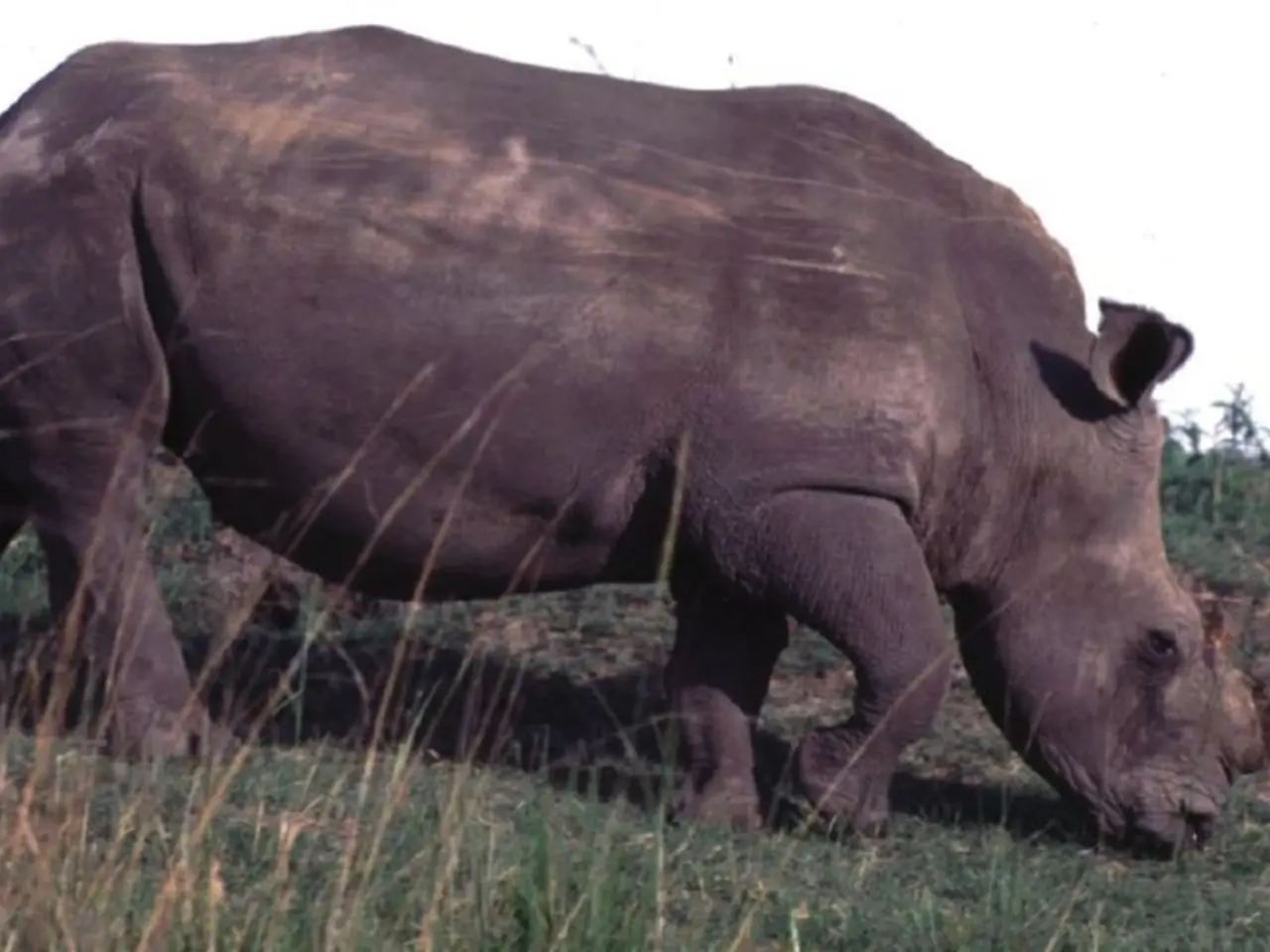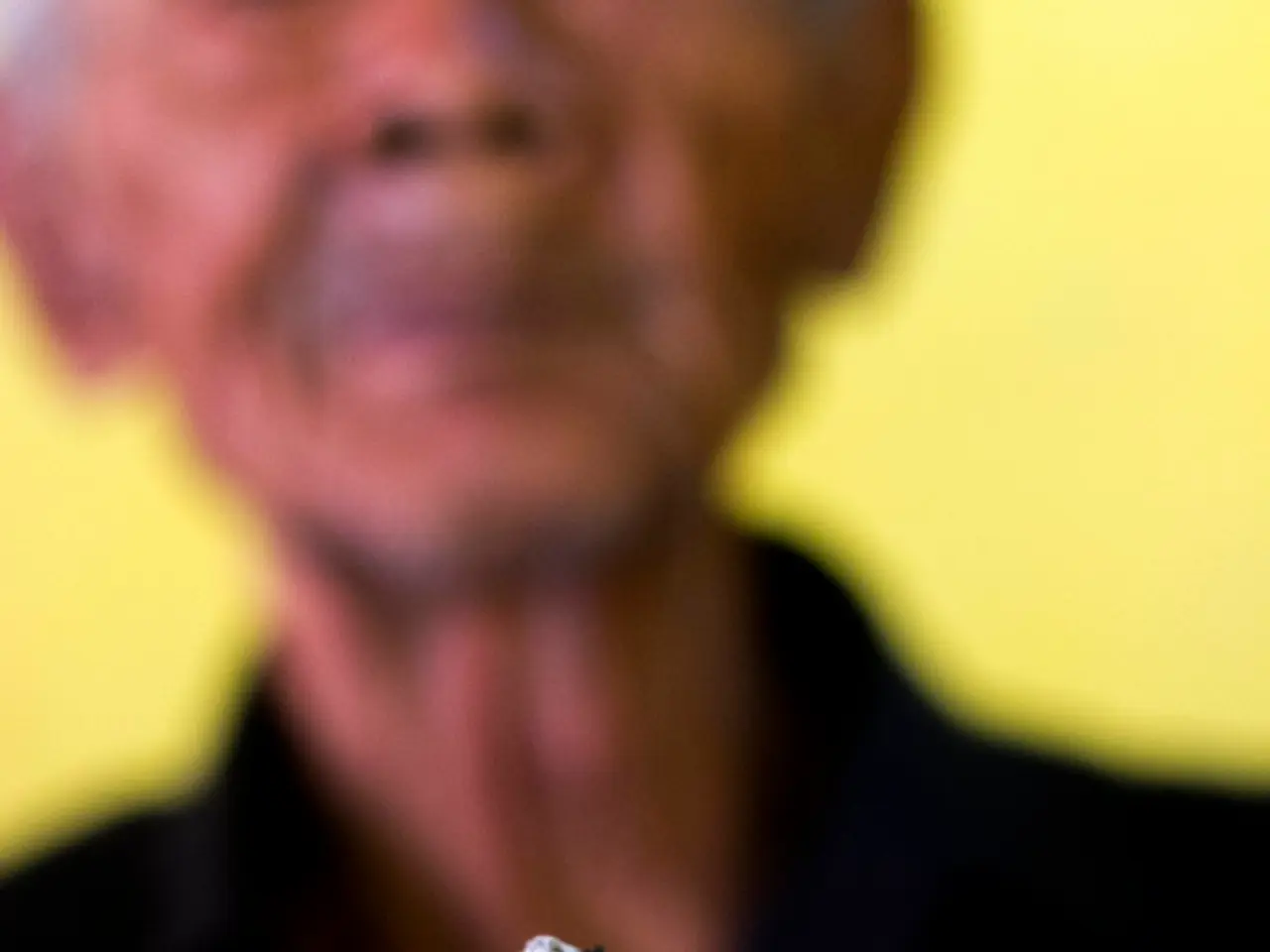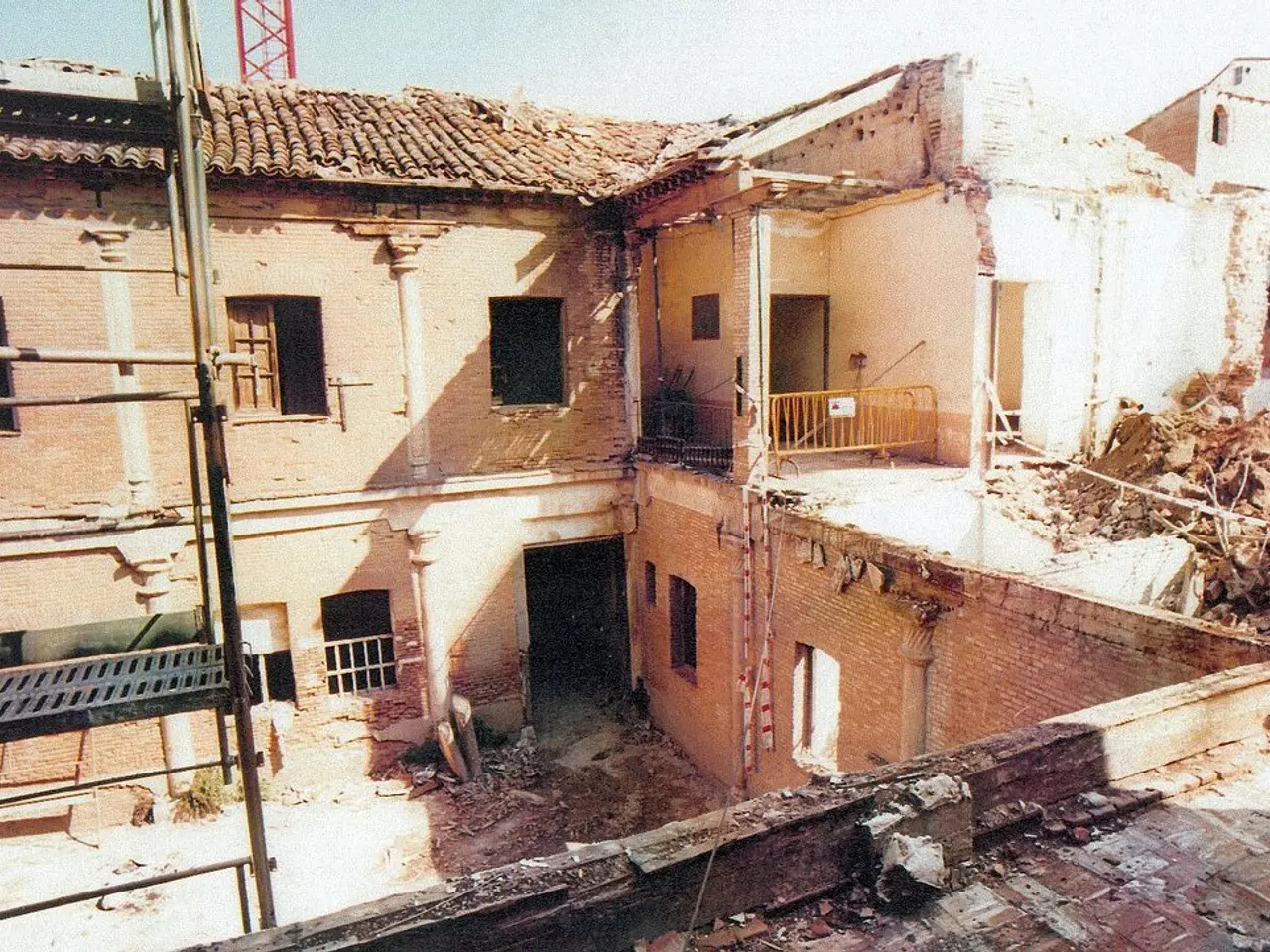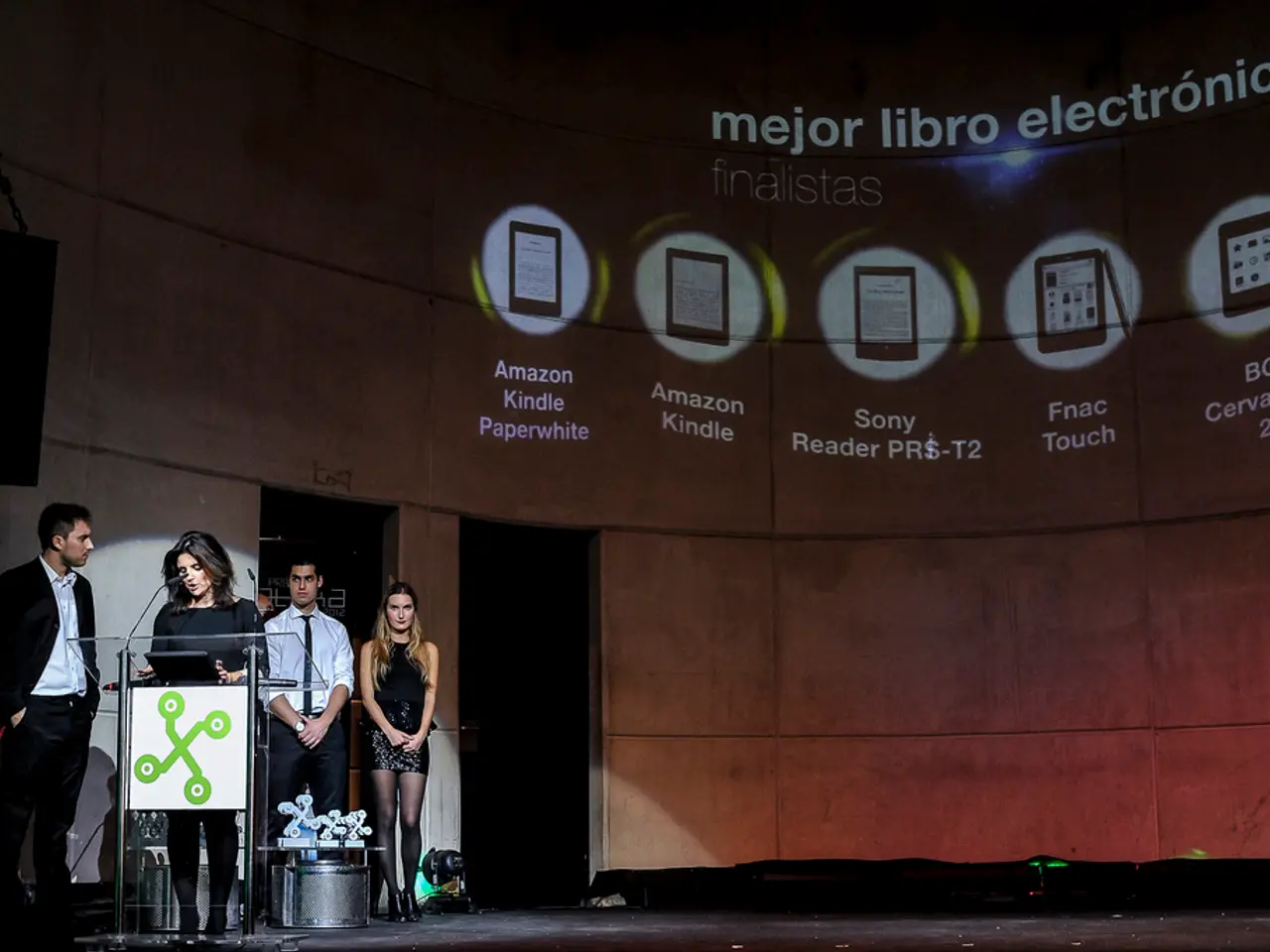Final Effort by KWS to Rescue Northern White Rhinos via In Vitro Fertilization
The last four fertile Northern White Rhinos (NWR) were transferred from Zoo Dvůr Králové in the Czech Republic to Ol Pejeta Conservancy in Kenya back in 2009. Now, over a decade later, the BioRescue project is bringing hope for the species on the brink of extinction.
The Assisted Reproduction Technique (ART) process, coordinated by the Kenya Wildlife Service (KWS) and international partners in the BioRescue consortium, is a cutting-edge conservation attempt to save the NWR.
The journey begins with egg harvesting. The only two remaining female NWRs, Najin and her daughter Fatu, who reside at the Ol Pejeta Conservancy in Kenya, provide the necessary oocytes (eggs). These eggs are airlifted within a critical 24-hour window to the Avantea laboratory in Cremona, Italy, for maturation into ova suitable for fertilization.
In the Italian laboratory, the matured ova are fertilized in vitro (IVF) using cryopreserved sperm from deceased male NWRs to form embryos. The resulting embryos are then cryopreserved (frozen) and prepared for implantation.
Since the NWR females are too few and compromised for gestation, these embryos are implanted into surrogate southern white rhino (SWR) females. The SWRs carry the pregnancies to term.
The ART and embryo transfer techniques have been trialed and proven successful initially with SWR embryos, and now confirmed with NWR embryos, enabling progression toward achieving pregnancies with NWR embryos.
Scientists plan to implant embryos into the two remaining NWRs at Ol Pejeta Conservancy to save the species from extinction. The BioRescue program, initiated in 2019, is a testament to international collaboration.
For KWS, the success of the BioRescue project would be a historic milestone, reinforcing their commitment to innovative conservation solutions. A proof of concept has been affirmed with confirmations of pregnancy using a SWR embryo. Prof Erustus Kanga, KWS Director General, stated that they are at the critical stage of getting a pregnancy using northern white rhino embryos.
Kenya has a great responsibility as the custodians of the last two northern white rhinos on the planet. The consortium working on the project is optimistic that a NWR pregnancy could be announced soon, marking a significant victory for global conservation efforts. The entire method requires precise timing, international collaboration, and expert handling at every stage—from egg collection, through fertilization, to surrogate pregnancy—representing a cutting-edge conservation attempt to save a species on the brink of extinction.
- The BioRescue project, a global collaboration, is employing Assisted Reproduction Techniques (ART) in an attempt to save the Northern White Rhinos (NWR) through environmental-science, as scientists plan to implant NWR embryos into surrogate southern white rhino (SWR) females.
- As the project moves forward, doctors at the Avantea laboratory in Cremona, Italy, are maturing oocytes (eggs) from the last two remaining female NWRs and fertilizing them using cryopreserved sperm from deceased male NWRs in an effort to advance health-and-wellness for the species.
- The success of the BioRescue project and the potential survival of the NWR depend not only on the precision of the ART process but also on political support and cooperation, as Kenya, as the custodians of the last two NWRs, holds a great responsibility in ensuring the species' continued existence in the realm of politics and global conservation efforts.




